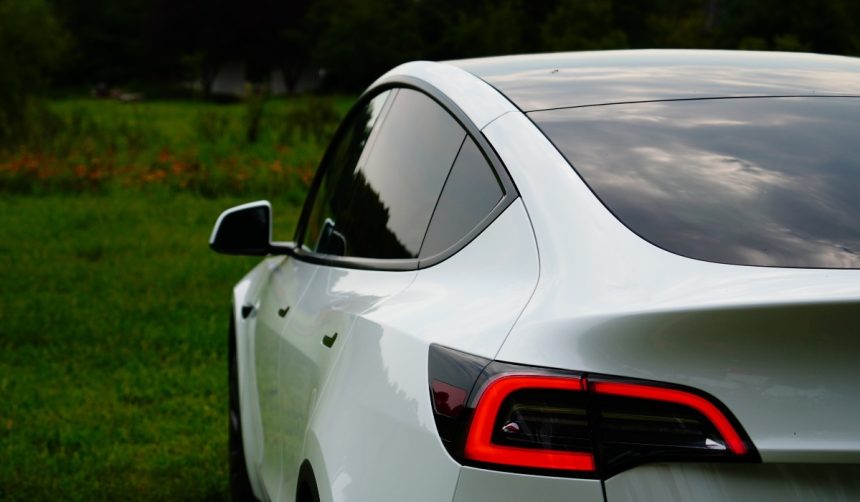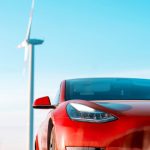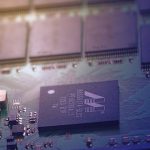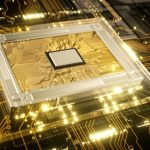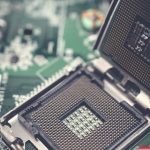Tesla’s Full Self-Driving (FSD) technology is making headlines again with its advanced collision avoidance capabilities as demonstrated in recent tests. The semi-autonomous feature has shown its ability to predict and react to potential road hazards, such as an encroaching semi-truck. This test highlights how FSD can make quick decisions to prioritize passenger safety, even when the situation is unclear to human drivers. Musk’s vision for autonomous driving continues to evolve, promising enhancements that keep improving road safety.
Past tests of Tesla’s FSD have also illustrated its robust anticipation skills in avoiding collisions, not just with oncoming traffic, but with vehicles potentially posing threats from behind. Earlier instances involved different obstacles such as wildlife and unpredictable driver actions, showcasing Tesla’s focus on refining its autonomous systems‘ real-time decision-making. This consistency in performance across multiple scenarios indicates the reliability and advancement of Tesla’s autonomous technology over time.
How did the FSD system avert disaster?
A recent event showcased Tesla’s FSD navigating a situation where an oncoming semi-truck began to veer into its lane. As the vehicle approached a sharp left curve, the system opted to drift towards the shoulder instead. This decision initially puzzled the driver, AIDRIVR, who later realized the autonomous system‘s foresight in widening the turn to avoid a collision. The FSD’s proactive measure brought attention to its capability to adapt to unusual driving conditions, providing a testament to Tesla’s focus on enhancing autonomous technology for complex road environments.
What challenges do large vehicles pose?
The incident with the semi-truck highlights a common challenge where large vehicles can occupy more of the road while navigating curves, thus increasing collision risks. By anticipating that the semi-truck might cross into its lane, Tesla’s FSD executed a maneuver that prevented a potential accident. These insights underline the system’s ability to adjust not only to unexpected incidents involving smaller cars but also to interactions with larger road-sharing vehicles, expanding its capacity for varied traffic conditions.
What does this mean for Tesla and FSD’s future?
Tesla continues to integrate smarter adaptive features in its FSD technology, reinforcing its commitment to road safety and autonomous vehicle advancement. As developments progress, these tests reveal Tesla’s ongoing efforts to set higher standards in predicting and managing irregular roadway events, paving the way for further improvements in autonomous driving capabilities. Recognizing and addressing such situations effectively is crucial for the broader acceptance and implementation of driverless technology.
By comprehending these developments, Tesla’s Full Self-Driving feature highlights a growing focus on safety and adaptability. The redundancy and predictive analytics embedded within the autonomous system are continually being honed to ensure that evasive actions are timely and efficient. With increasing real-world use cases and user feedback, Tesla is on a path to better understanding and resolving the complexities faced in autonomous navigation systems effectively and securely.

